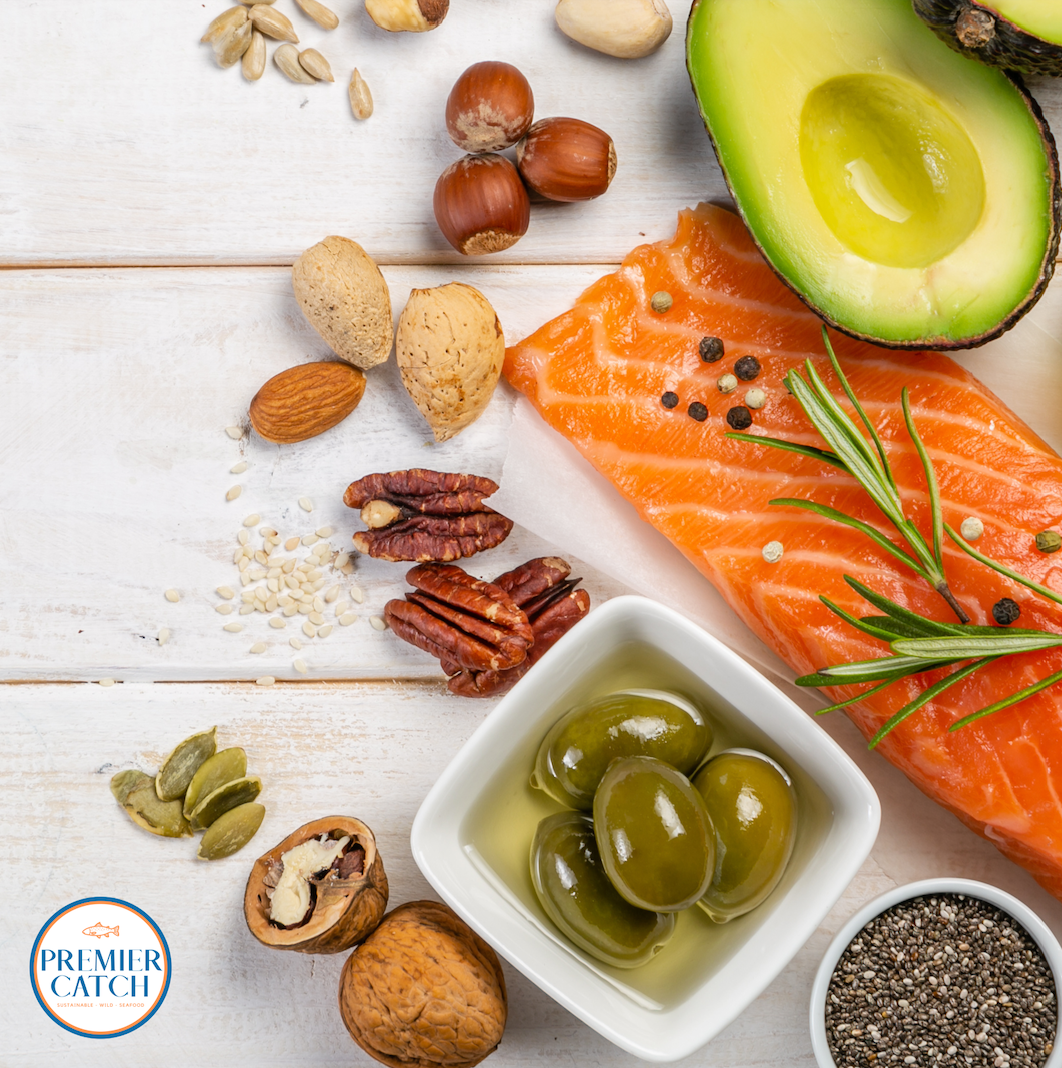Students often find themselves navigating a whirlwind of classes, assignments, and social activities. In the midst of busy lives, maintaining a balanced diet can sometimes fall by the wayside. However, prioritizing our nutrition is crucial for our overall well-being and academic success. One way to strike the right balance of essential nutrients is by incorporating seafood into our diets. In this blog post, we'll explore the benefits of seafood, with a particular focus on its contribution to protein and omega-3 fatty acids – two key components of a student's diet.
The Protein Puzzle: Why It Counts: Protein is often referred to as the building block of life. It plays a vital role in repairing and building tissues, producing enzymes and hormones, and supporting the immune system. For students, protein is especially important because it helps maintain energy levels and supports cognitive function.
Seafood is an excellent source of high-quality protein. Unlike many protein sources, seafood is low in saturated fat, making it a heart-healthy option. Fish and shellfish can be used in so many recipes and cooking methods, from sandwiches to salads, providing a quick protein boost in your daily meals!
Omega-3 Fatty Acids: The Brain's Best Friend: Omega-3 fatty acids are a type of polyunsaturated fat that is essential for overall health, with particular benefits for brain function and cardiovascular health. The two primary omega-3s found in seafood are eicosapentaenoic acid (EPA) and docosahexaenoic acid (DHA). These fats are critical for cognitive function, memory, and mood regulation – factors that directly affect a student's academic performance.
Incorporating omega-3-rich seafood into your diet can help boost concentration and memory retention, which are essential for acing exams and staying focused during long study sessions. Salmon, sablefish, and halibut are some of the top choices for a healthy dose of omega-3s. Grilling or baking these fish with your favorite herbs and spices can make for a delicious and brain-boosting meal.
Balancing Protein and Omega-3s in Your Diet:
Now that we understand the benefits of seafood, let's explore how to incorporate it into your diet while maintaining balance!
1. Meal Planning: Start by planning your weekly meals, incorporating seafood at least twice a week. This can be as simple as swapping out a portion of your usual protein source with fish or shellfish!
2. Budget-Friendly Choices: Look for budget-friendly seafood options like canned tuna, sardines, or frozen fish filets. These options are not only economical but also convenient for busy students.
3. Diverse Recipes: Experiment with different seafood recipes to keep your meals exciting. Try making fish tacos, seafood pasta, or baked salmon with lemon and herbs to add variety to your diet.
4. Seek Balance: Remember to balance your seafood intake with other protein sources, like lean meats, beans, and legumes, to ensure a well-rounded diet!
Balancing protein and omega-3s in a student's diet is crucial for maintaining energy levels, supporting cognitive function, and promoting overall well-being. Seafood offers an excellent solution, providing high-quality protein and essential fatty acids that are essential for academic success.
By planning your meals, making healthy choices, and exploring diverse recipes, you can easily incorporate seafood into your diet and reap the numerous benefits it offers!


